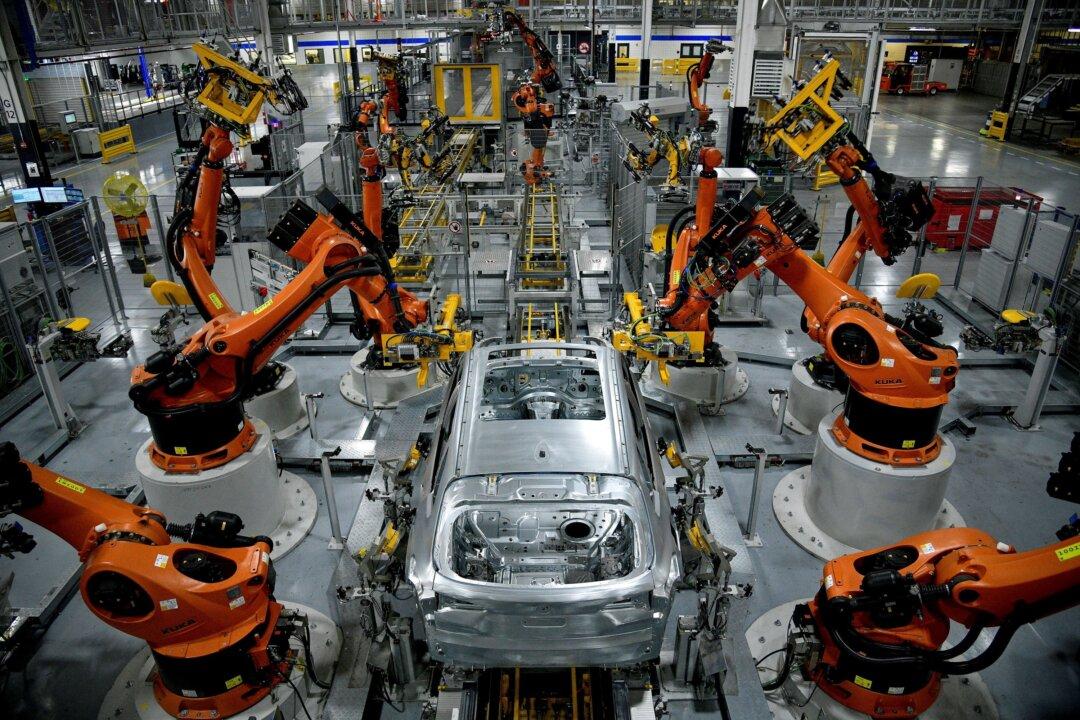U.S. manufacturing output has slowed down, according to data from a survey of purchasing managers amidst restrained demand in the market, mainly owing to severe material shortages that have resulted in longer production lead times and work backlogs.
“With the exception of October and November, the pace of output growth was the slowest since October 2020. At the same time, companies recorded the softest rise in new orders for a year and a further substantial deterioration in vendor performance amid severe material shortages. Longer lead times for inputs also led to another sharp increase in backlogs of work, albeit the slowest for ten months,” said the IHS Markit U.S. Manufacturing PMI report published Monday.





